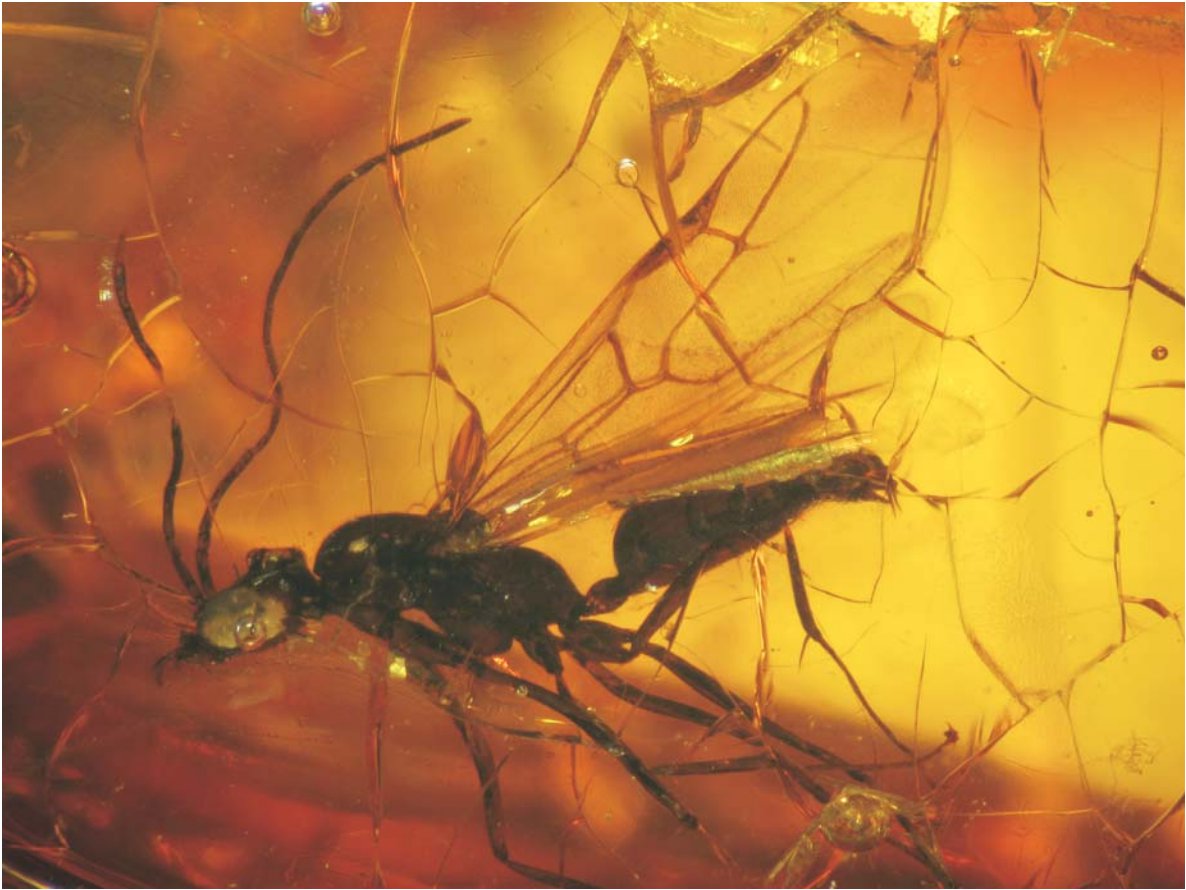|
Linepithema Flavescens
''Linepithema flavescens'' is a species of ant in the genus ''Linepithema''. Described by William Morton Wheeler and Mann in 1914, the species is endemic to Haiti Haiti (; ht, Ayiti ; French: ), officially the Republic of Haiti (); ) and formerly known as Hayti, is a country located on the island of Hispaniola in the Greater Antilles archipelago of the Caribbean Sea, east of Cuba and Jamaica, and .... References Dolichoderinae Hymenoptera of North America Insects described in 1914 {{Dolichoderinae-stub ... [...More Info...] [...Related Items...] OR: [Wikipedia] [Google] [Baidu] |
Linepithema
''Linepithema'' is a genus of small ants in the subfamily Dolichoderinae. Distribution Their native distribution rage from northern Mexico, east into the Caribbean, and south into northern Argentina. Two species have been spread around the world by human activities: ''L. iniquum'' and ''L. humile''. The latter is better known as the Argentine ant, an invasive species with notable presence in Mediterranean climates. ''Linepithema'' species are found from sea level and up to 4,000 meters above sea level in the Andes The Andes, Andes Mountains or Andean Mountains (; ) are the longest continental mountain range in the world, forming a continuous highland along the western edge of South America. The range is long, wide (widest between 18°S – 20°S .... Species *'' Linepithema anathema'' *'' Linepithema angulatum'' *'' Linepithema aztecoides'' *'' Linepithema cerradense'' *'' Linepithema cryptobioticum'' *'' Linepithema dispertitum'' *'' Linepithema flavesc ... [...More Info...] [...Related Items...] OR: [Wikipedia] [Google] [Baidu] |
William Morton Wheeler
William Morton Wheeler (March 19, 1865 – April 19, 1937) was an American entomologist, myrmecologist and Harvard professor. Biography Early life and education William Morton Wheeler was born on March 19, 1865, to parents Julius Morton Wheeler and Caroline Georgiana Wheeler ( Anderson) in Milwaukee, Wisconsin. At a young age, Wheeler had an interest in natural history, first being when he observed a moth ensnared in a spiders web; such observation interested Wheeler that he became importunate for more nature lore. Wheeler attended public school, but, due to "persistently bad behavior", he was transferred to a local University School of Milwaukee, German academy which was known for its extreme discipline. After he completed his courses in the German academy, he attended a German normal school. In both institutions, Wheeler was trained in a variety of subjects: he was given training in languages, philosophy and science. By this time, he could read fluently in French, German, Greek, ... [...More Info...] [...Related Items...] OR: [Wikipedia] [Google] [Baidu] |
Haiti
Haiti (; ht, Ayiti ; French: ), officially the Republic of Haiti (); ) and formerly known as Hayti, is a country located on the island of Hispaniola in the Greater Antilles archipelago of the Caribbean Sea, east of Cuba and Jamaica, and south of The Bahamas and the Turks and Caicos Islands. It occupies the western three-eighths of the island which it shares with the Dominican Republic. To its south-west lies the small Navassa Island, which is claimed by Haiti but is disputed as a United States territory under federal administration."Haiti" ''Encyclopædia Britannica''. Haiti is in size, the third largest country in the Caribbean by area, and has an estimated population of 11.4 million, making it the most populous country in the Caribb ... [...More Info...] [...Related Items...] OR: [Wikipedia] [Google] [Baidu] |
Dolichoderinae
Dolichoderinae is a subfamily of ants, which includes species such as the Argentine ant (''Linepithema humile''), the erratic ant, the odorous house ant, and the cone ant. The subfamily presents a great diversity of species throughout the world, distributed in different biogeographic realms, from the Palearctic, Nearctic, Afrotropical region and Malaysia, to the Middle East, Australian, and Neotropical regions. This subfamily is distinguished by having a single petiole (no post-petiole) and a slit-like orifice, from which chemical compounds are released. Dolichoderine ants do not possess a sting, unlike ants in some other subfamilies, such as Ponerinae and Myrmicinae, instead relying on the chemical defensive compounds produced from the anal gland. Of the compounds produced by dolichoderine ants, several terpenoids were identified including the previously unknown iridomyrmecin, isoiridomyrmecin, and iridodial. Such compounds are responsible for the smell given off by ants of ... [...More Info...] [...Related Items...] OR: [Wikipedia] [Google] [Baidu] |
Hymenoptera Of North America
Hymenoptera is a large order of insects, comprising the sawflies, wasps, bees, and ants. Over 150,000 living species of Hymenoptera have been described, in addition to over 2,000 extinct ones. Many of the species are parasitic. Females typically have a special ovipositor for inserting eggs into hosts or places that are otherwise inaccessible. This ovipositor is often modified into a stinger. The young develop through holometabolism (complete metamorphosis)—that is, they have a wormlike larval stage and an inactive pupal stage before they mature. Etymology The name Hymenoptera refers to the wings of the insects, but the original derivation is ambiguous. All references agree that the derivation involves the Ancient Greek πτερόν (''pteron'') for wing. The Ancient Greek ὑμήν (''hymen'') for membrane provides a plausible etymology for the term because species in this order have membranous wings. However, a key characteristic of this order is that the hindwings are co ... [...More Info...] [...Related Items...] OR: [Wikipedia] [Google] [Baidu] |


